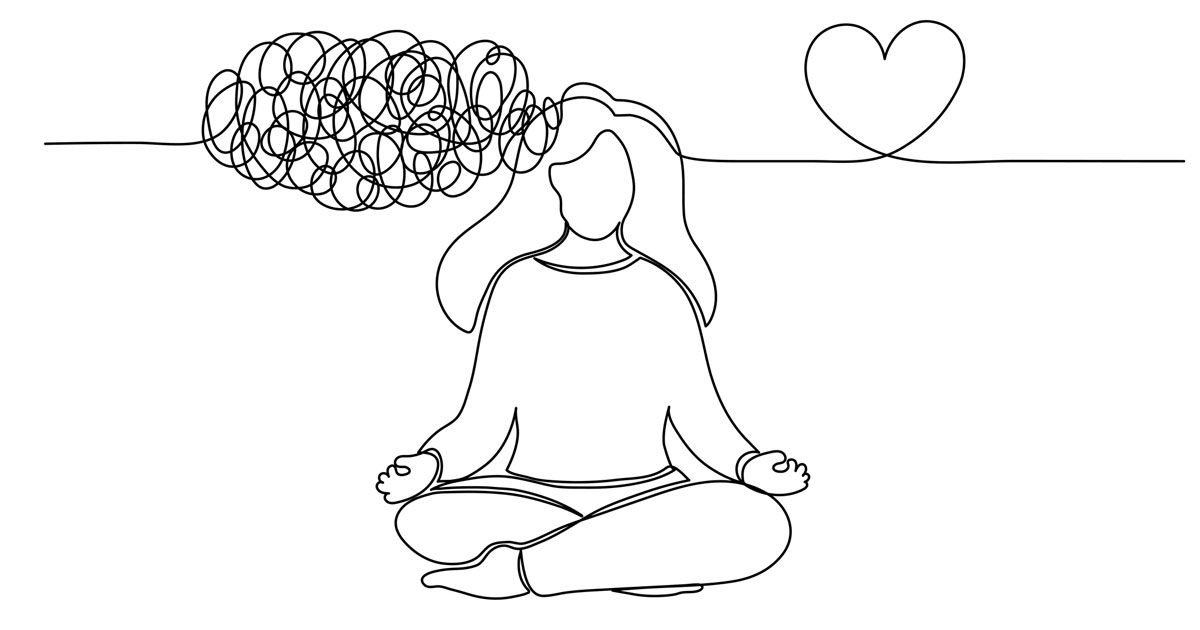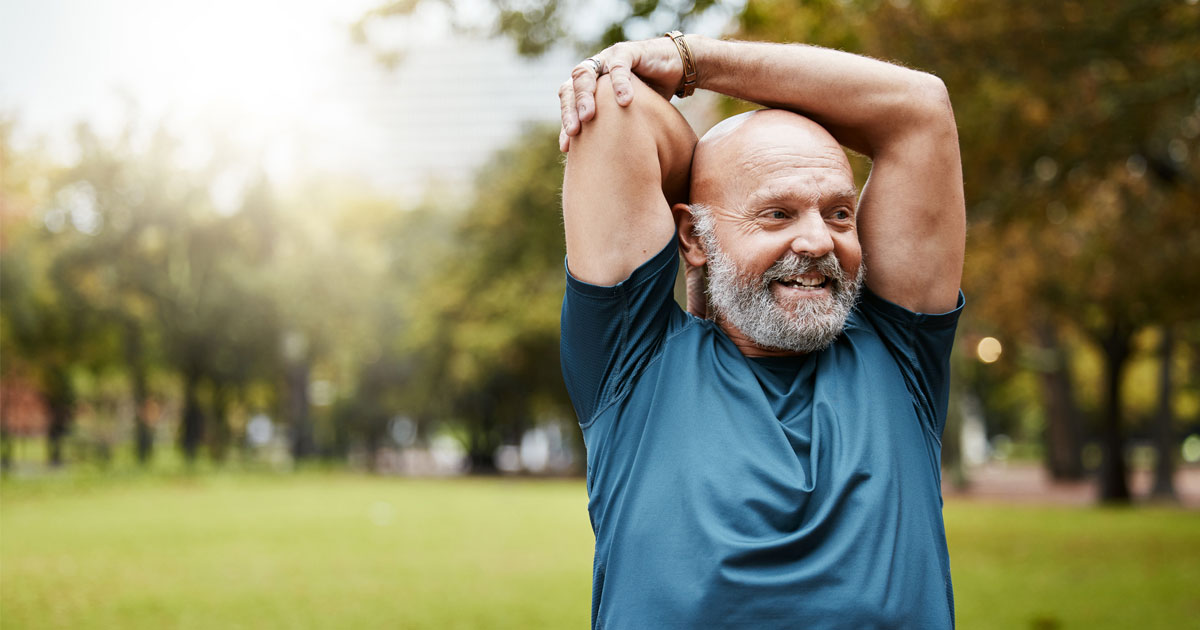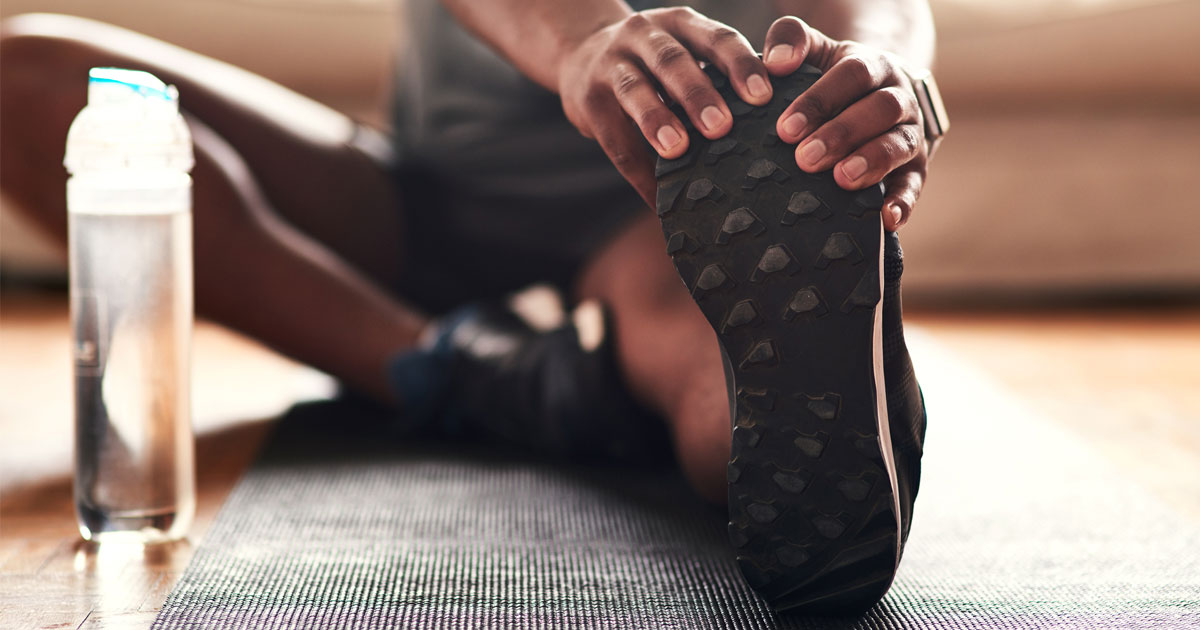The Transformative Impact of Exercise on Our Mental Health

If recent world events have taught us anything, it’s how easily – and how immensely – our mental health can be impacted by everything from daily stressors and world issues to personal trauma. Depending on the issues you face, it may even be difficult to feel like everything isn’t an uphill battle. Whether you’re struggling mentally or emotionally, or even if you’re on the path to recovery, you might be looking for ways to keep your head above water.
Fortunately, you aren’t doomed to forever feel bogged down by everyday life. It’s important to know that there’s always hope, and you might be surprised to find the simplest strategies can actually make a big difference in your mental health. For example, I’ve found that a little exercise can greatly impact how I feel mentally – better yet, it helps me cope with the stress of my life.
Learn more about how transformative exercise can truly be on your mental health.
What Impacts Can Exercise Have on Your Mental Health?

While you might think of exercise as a way to firm up your muscles or lose weight, it can be so much more than that. Certainly, most people use exercise to stay fit, but one of the most beneficial impacts of exercise is the way it makes you feel. In fact, exercise can have a positive impact on many different mental health issues you may struggle with every day.
Depression and Exercise
Depression can feel different to different people, but many experience it like an immense emptiness with feelings of hopelessness and restlessness. This can make it difficult to want to engage with any aspect of your life, both emotionally and physically. In fact, depression can lead many people to withdraw from things and people that they love.
Fortunately, in recent years, studies have shown that exercising as little as once, ever, can help alleviate some of the feelings of depression for those with mild to moderate depression. More regular exercise can help you manage depression and the feelings that go along with it.
Anxiety and Exercise
Anxiety can be incredibly debilitating, and it is notoriously difficult to manage. Anxiety can cause you to feel like you’re constantly on alert and unable to relax. Some people may even struggle with sleep, racing thoughts, and anxiety-related disorders like PTSD, panic disorder, and more.
Initial testing has shown the positive impact of exercise on anxiety. It can help alleviate feelings of anxiety and relieve the symptoms associated with the disorder, making it much easier to manage. While experts agree that more research is needed to confirm these findings, these initial studies are promising and give those struggling some hope.
Stress and Exercise
Stress is a major contributor to many different mental health issues, but it is important to recognize that stress and anxiety are not synonymous. When you feel stressed, you may have a difficult time doing everyday things, and it can impact the way that you interact with loved ones, disrupt your sleep patterns, and cause you to over- or under-eat. Unfortunately, bodies under significant amounts of stress don’t operate as well, which can lead to early cell death and impact the heart, among many other issues.
Studies have long shown that feelings of stress can be managed with exercise. However, more recent research has also shown a positive correlation with decreased stress and exercising outside. Activities like jogging, hiking, and even going for walks outside can prove beneficial to your mental health as well as your physical health.
Trauma, PSD, and Exercise
As our understanding of trauma and PTSD develops, more people are being diagnosed with these disorders – and an increasing number of those are finding relief via exercise. Trauma and PTSD can cause a person to remain in emergency “fight-or-flight mode,” which can cause a range of issues. For example, experiencing the sights, smells, and sounds of a traumatic incident can force a person to relive that incident, and many people are tempted to return to substance use to drown out the triggering event.
Unfortunately, the avoidance caused by PTSD and that caused by subsequent substance use can significantly impact the way a person interacts with the world. People often severely underestimate the things that they can be exposed to. For someone on a path to recovery, this can make it more difficult to address issues when they occur. While much more study needs to be done about the subject, some studies demonstrate that symptoms of PTSD may be reduced by exercise.
How Does Exercise Reduce Stress and Improve Mental Health?
So, how can something as simple as going for a vigorous walk or practicing the art of tai chi alleviate negative mental health symptoms? Exercise can certainly distract you from the troubles you’re facing and give you something else to focus on. In addition, when exercise is done with others in a group forum, such as an exercise class, social interaction with others can also help you manage your stressors and cope better with issues of mental health. However, there are also physiological ways exercise can help your mental health.
How Does Exercise Improve Mental Health Physiologically?
One suggested way exercise may impact your mental health from a physiological standpoint is that increased blood flow from exercise causes different areas of the brain to function differently. For example, increased blood flow can alter the response of the amygdala, which controls the fear response; the hippocampus, which is related to memory, motivation, and mood; and the limbic system, which is also related to motivation and mood.
Exercise can offer other physical benefits, including:
- Greater endurance
- Greater stamina and energy
- Better sleep
- Mood improvement
- Better mental alertness and function
- Greater cardiovascular fitness
- More interest in pleasurable activities
These things can also impact mental health, both alone and together. For example, if you’re tired, lack energy, and have a low interest in engaging in pleasurable activities, your mood will decrease, and you may feel the effects of increased stress. The opposite also holds true – improving cardiovascular fitness and building better stamina can mean you’ll experience the positive health benefits for longer.
What Are 5 Emotional Benefits of Exercise?

Considering these physical benefits of exercise is incredibly important when managing mental health issues, especially as they affect our emotions. Consider these positive implications of exercise on your mental and emotional health as well.
Exercise Improves Sleep
As mentioned briefly above, improved sleep is one great reason to engage in exercise. When you exercise, your body temperature goes up, and the warmer and more physically exhausted you are, the more comfortable and tired you can feel. A study of 950 adults showed that overall, sleep outcomes were improved by the usage of exercise. Think about how you feel after a good night’s sleep, and you know how important good sleep is to overall mood and alertness.
Exercise Improves Memory
As you age, your memory typically gets worse. This is because the hippocampus starts to shrink as you get older. However, aerobic exercise – exercise that is repetitive and uses the body’s large muscle groups– can actually help to increase the volume of the hippocampus, thus maintaining memory. Memory retention not only helps you feel closer to your inner self and the people in your life but also helps provide that rush of positive emotions you need when you recall something wonderful.
Exercise Improves Self-Esteem
Aside from the fact that exercise improves physical health and fitness, exercise can also improve the way that we look at ourselves. When you can stick to something, you will likely feel better about your self-worth, becoming more confident and feeling stronger. Positive boosts in self-esteem can provide a flood of positive emotions and make the decision to try something new easier next time.
Exercise Improves Energy
There’s a reason that it’s suggested that you raise your heart rate for 30 minutes 3 times a week. Exercise can help increase the function of your cardiovascular system, including your lungs and heart. When these things are working more efficiently, your body can put energy elsewhere, thus increasing your available energy levels. Having more energy can mean you once again have time for friends, family, work, and other important things in your life.
Exercise Improves Happiness
Maybe you’ve heard that exercise releases endorphins. These are the chemical neurotransmitters (chemical messengers) that help us feel happy. Endorphins can also act in a way similar to a painkiller; they communicate with the body’s pain centers and produce an effect that is pain-relieving. The idea of the runner’s high is this exact feeling, rewarding you with a positive experience and a rush of endorphins.
Some is Better Than None

You don’t need to feel like you have to throw yourself into a strenuous workout regimen where you dedicate an hour or more every day. Even just a little activity can help you greatly. While 30 minutes 3 times a week is recommended, you shouldn’t feel defeated if only 5 or 10 minutes is feasible initially.
If you’ve never exercised before or haven’t been able to for a long time, even 5 or 10 minutes is a major accomplishment. You should feel proud of yourself.
Barriers to Exercise
Unfortunately, there are many barriers to exercise that can leave you feeling defeated before you even begin. Because of the various effects of poor mental health on your well-being, even the smallest barrier can make us feel like exercise is impossible. However, as I mentioned above, even the smallest steps can help you achieve some mental health benefits.
Too Tired to Exercise
Feeling too tired to exercise can become a cycle that can be never-ending unless you decide to make the change. While that initial exercise can be hard to engage in, even a couple of minutes spent exercising can improve energy levels later.
Too Overwhelmed to Exercise
Stress, depression, and anxiety can leave you feeling so overwhelmed that the thought of exercising just adds to the trouble. If your schedule is already bogged down, or you can barely find time for yourself to breathe, consider how a walk around the block or a trip up and down the stairs can provide you with some much-needed stress-relieving exercise. Eventually, you’ll find that you’re able to shift priorities to find a little time and space for exercise.
Too Painful to Exercise
Pain shouldn’t be ignored, and chronic pain can be a major barrier to exercise. However, it’s not necessary to engage in high-impact or intense exercises to improve your mental health. Simple arm circles, marching in place, yoga, basic stretching, or tai chi can be immensely helpful. If even these things seem like too much, talking to a doctor or a trainer can help set you up with solutions to pain management and maybe help you find ways to fit exercise into your life.
Support Your Mental Health Journey

While relief from mental health and the stress of recovery can seem elusive, there’s hope for you in exercise. From mood-boosting benefits to improved sleep and energy, exercise can help give you your life back at a time when you need it most.
There isn’t some holy grail, and you don’t need to adhere to any one practice or type of exercise; simply move your body to release endorphins and help yourself gain back your own mobility and confidence. You’ll start to feel calmer, clearer, and more connected to the world around you without the stress and worries that have plagued you in the past.
I can’t tell you how much better I feel when I commit to making exercise a part of my regular routine – it can be as simple as walking in nature, finding a yoga gym, or picking up a team sport you used to love. I encourage you to do some thinking about the activities you would like to participate in that could help you on your path to wellness – and then make an effort to do them on a regular basis.
You’ve got this,
Jim
Resources:
- Chekroud, S. R., Gueorguieva, R., Zheutlin, A. B., Paulus, M., Krumholz, H. M., Krystal, J. H., & Chekroud, A. M. (2018). Association between physical exercise and mental health in 1·2 million individuals in the USA between 2011 and 2015: a cross-sectional study. The Lancet Psychiatry, 5(9), 739-746.
Retrieved from https://www.frontiersin.org/articles/10.3389/fpsyt.2014.00066/full - Sui, X., Laditka, J. N., Church, T. S., Hardin, J. W., Chase, N., Davis, K., & Blair, S. N. (2009). Prospective study of cardiorespiratory fitness and depressive symptoms in women and men. Journal of psychiatric research, 43(5), 546-552.
Retrieved from https://europepmc.org/article/med/25569828 - Schuch, F. B., Vancampfort, D., Richards, J., Rosenbaum, S., Ward, P. B., & Stubbs, B. (2016). Exercise as a treatment for depression: A meta-analysis adjusting for publication bias. Journal of psychiatric research, 77, 42-51.
Retrieved from https://journals.lww.com/acsm-csmr/fulltext/2019/08000/the_role_of_exercise_in_preventing_and_treating.6.aspx?gclid=EAIaIQobChMI-7v944mv_QIV5QznCh2HugbZEAAYASAAEgL1B_D_BwE - Cooney, G. M., Dwan, K., Greig, C. A., Lawlor, D. A., Rimer, J., Waugh, F. R., … & Mead, G. E. (2013). Exercise for depression. Cochrane Database of Systematic Reviews, (9). Retrieved from https://journals.lww.com/jcrjournal/Fulltext/2007/11000/Exercise_as_a_Treatment_for_Depression_and_Other.2.aspx
- Goodwin, R. D. (2003). Association between physical activity and mental disorders among adults in the United States. Preventive medicine, 36(6), 698-703.
Retrieved from https://europepmc.org/article/med/15518309 - Wang, F., Lee, E. K., Wu, T., Benson, H., Fricchione, G., Wang, W., & Yeung, A. S. (2014). The effects of tai chi on depression, anxiety, and psychological well-being: a systematic review and meta-analysis. International journal of behavioral medicine, 21(4), 605-617.
Retrieved from https://onlinelibrary.wiley.com/doi/full/10.1111/jebm.12236 - Stubbs, B., Vancampfort, D., Rosenbaum, S., Ward, P. B., Richards, J., Soundy, A., … & Schuch, F. B. (2016). Dropout from exercise randomized controlled trials among people with depression: a meta-analysis and meta regression. Journal of affective disorders, 190, 457-466.
Retrieved from https://journals.sagepub.com/doi/abs/10.1177/1039856216632400














